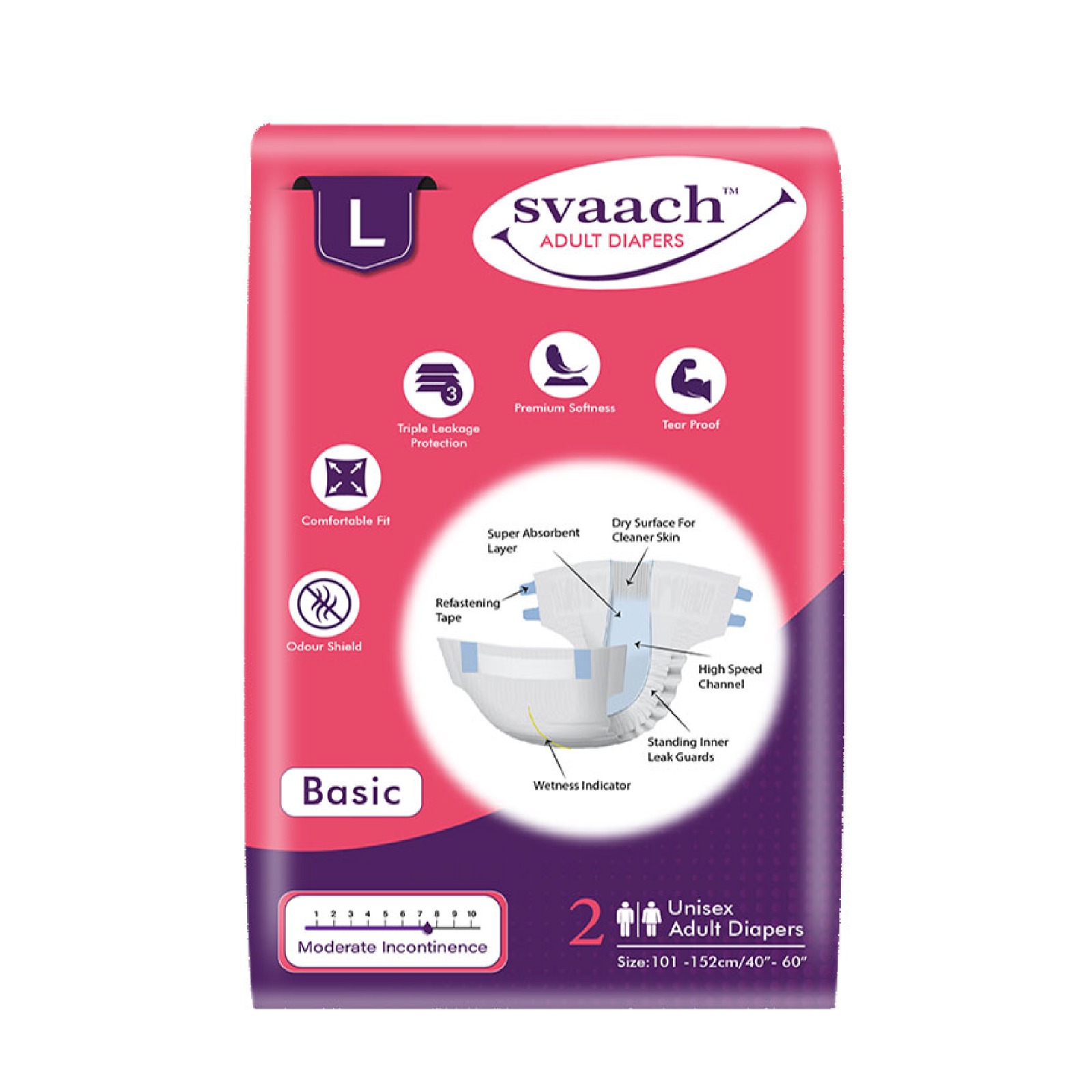What Is a CT Scan?
A CT scan or a computerized tomography scan combines many x-ray images taken from various angles and applies computer processing to create cross-sectional image slices of bones, blood vessels, and soft tissues. CT scans are used instead of simple x-rays because they provide more details regarding the body and thus gives a clearer picture of what –if anything- may be wrong.
Doctors can conduct CT scans on any part of your body except visceral tissues. They’re painless and only take a short amount of time to produce results.
How Do Doctors Conduct CT Scans?
Doctors use a CT scan machine. The machine has a narrow beam of X-rays that circle the specific part of your body that needs to be imaged. This circular movement helps the CT scan capture a series of images of the affected body part from different angles. This series of images are then fed into the computer that develops them to create a cross-sectional picture. This 2D scan can show different slices of your body part. It provides more details so that doctors can understand where the problem lies.
The process is repeated several times to provide greater slices and details regarding your organs, bones, or blood vessels. Many surgeons use this modality to get a clearer picture of the fault before they conduct surgery.
How Do You Get CT Scans Done?
CT scans are conducted at hospitals or radiology clinics. The doctors will advise you not to eat or drink anything beforehand and ask you to remove any clothing or accessory that may interfere with the scan. You’ll be asked to wear a hospital gown so that they can have clear images in the CT scans.
A radiology technologist conducts the CT scans. You will have to lie on a table inside a large, circular CT machine during the test. The Table is then pushed through the scanner slowly, during which time X rays will circulate your body and capture a series of images of your body tissues. You may hear whirring noises as the magnet inside the CT machine moves. Experts recommend that you stay very still so that the machine can get clearer images.
The scan doesn’t take a very long-time. At most, it may take you half an hour. Once this process is done, you’re good to go.
What Are They Used For?
Doctors can order CT scans for many reasons.
- They help to distinguish if there’s anything wrong with your joints or bones. They can even help in identifying tumours in bones.
- CT scans help doctors see changes in or spot and identify conditions like cancer, heart disease, emphysema, or liver masses.
- They show internal injuries and bleeding and thus are often recommended after car accidents.
- They help in the location of tumours, blood clots, excess fluid, or infection.
- Doctors use them to help with treatment plans and procedures like biopsies, surgeries, and radiation therapies.
- They also help doctors to identify if a certain medication is working. For example, doctors use CT scans to estimate if a tumour is responding to chemotherapy or not.
Are There Other Types of CT Scans?
Yes, there are. Dense substances like bones are easy to configure using CT scans. However, softer tissue is a little more difficult to image using normal CT scans. Even if they show up, they may be very faint, and the image won’t be detailed enough for a clarification. Thus, for a clearer image, doctors recommend a contrast CT scan. This type of CT scan uses a material called contrast fluid. It blocks X-rays and appears white on the CT scan highlighting softer tissues like blood vessels and organs.
The contrast material or fluid is generally a solution of barium or iodine. A patient can take this contrast material into the body in the following ways:
Orally
If you drink a liquid with contrast material, the lining of your stomach and digestive tract become more clear.
Injection
This liquid can be injected directly into your vein. This method helps in the imaging of blood vessels, urinary tract, liver, and gall bladder.
Enema
If it’s your intestines that need to be scanned, then the nurse will insert the liquid through your rectum.
After a contrast CT scan, you should drink lots of water and fluids so that your body can flush out the contrast material.
Final Thoughts
CT scans are a painless way to get more clarity regarding the functions of your body. It helps doctors diagnose what may not be working in your body and causing you pain. CT scans also help doctors to see the physical effects of treatment and medication in terms of tumours or even broken bones. In softer issues, CT scans don’t provide as much detail; so, doctors recommend contrast CT scans.
*****





























